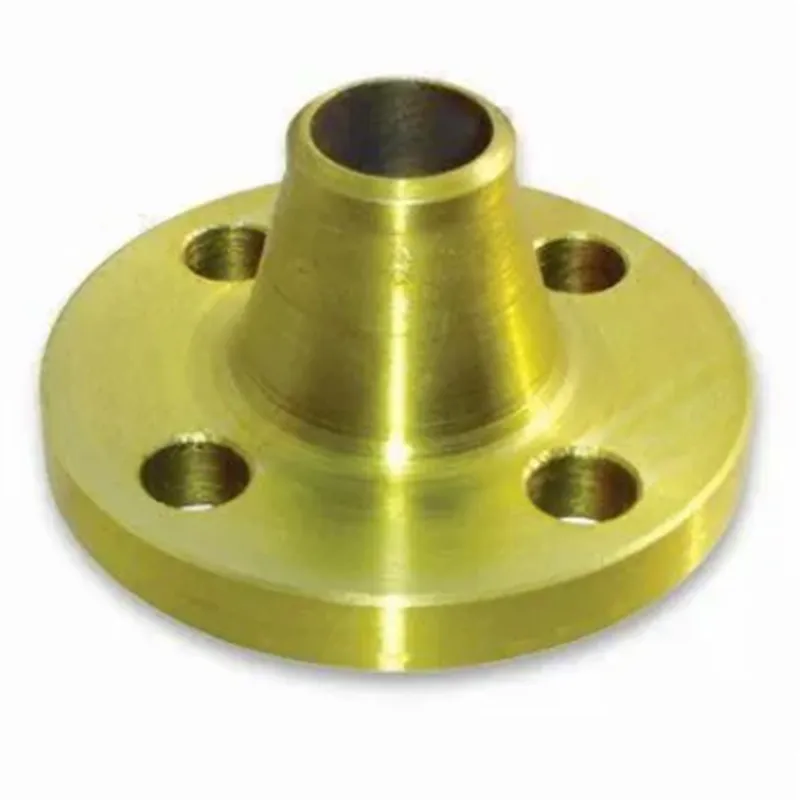-
Cangzhou Yulong Steel Co., Ltd.
-
Phone:
+86 13303177267 -
Email:
admin@ylsteelfittings.com
- English
- Arabic
- Italian
- Spanish
- Portuguese
- German
- kazakh
- Persian
- Greek
- French
- Russian
- Polish
- Thai
- Indonesian
- Vietnamese
- Zulu
- Korean
- Uzbek
- Hindi
- Serbian
- Malay
- Ukrainian
- Gujarati
- Haitian Creole
- hausa
- hawaiian
- Hebrew
- Miao
- Hungarian
- Icelandic
- igbo
- irish
- Japanese
- Javanese
- Kannada
- Khmer
- Rwandese
- Afrikaans
- Albanian
- Amharic
- Armenian
- Azerbaijani
- Basque
- Belarusian
- Bengali
- Bosnian
- Bulgarian
- Catalan
- Cebuano
- China
- China (Taiwan)
- Corsican
- Croatian
- Czech
- Danish
- Esperanto
- Estonian
- Finnish
- Frisian
- Galician
- Georgian
- Kurdish
- Kyrgyz
- Lao
- Latin
- Latvian
- Lithuanian
- Luxembourgish
- Macedonian
- Malgashi
- Malayalam
- Maltese
- Maori
- Marathi
- Mongolian
- Myanmar
- Nepali
- Norwegian
- Norwegian
- Occitan
- Pashto
- Dutch
- Punjabi
- Romanian
- Samoan
- Scottish Gaelic
- Sesotho
- Shona
- Sindhi
- Sinhala
- Slovak
- Slovenian
- Somali
- Sundanese
- Swahili
- Swedish
- Tagalog
- Tajik
- Tamil
- Tatar
- Telugu
- Turkish
- Turkmen
- Urdu
- Uighur
- Welsh
- Bantu
- Yiddish
- Yoruba

Aug . 03, 2024 02:12 Back to list
Comparing Efficiency and Applications of Horizontal Slurry Pumps and Peristaltic Pumps in Industry
Understanding Horizontal Slurry Pumps and Peristaltic Pumps
Pumping technology has evolved significantly over the years, with various types of pumps designed to meet specific industrial needs. Among these, horizontal slurry pumps and peristaltic pumps stand out due to their unique mechanisms and applications in handling challenging materials. In this article, we will explore the features, operational principles, and applications of both pump types, highlighting their significance in contemporary industries.
Horizontal Slurry Pumps
Horizontal slurry pumps are specifically designed to handle abrasive, corrosive, and thick fluids known as slurries. These fluids typically contain a mixture of solids and liquids, making conventional pumps unsuitable due to wear and clogging issues. Horizontal slurry pumps are typically mounted horizontally, and their design allows for easy maintenance and operation.
The working principle of a horizontal slurry pump revolves around centrifugal force. When the pump is activated, an impeller within the pump casing spins at high revolutions, creating a low-pressure zone that draws the slurry into the pump. As the impeller continues to spin, it imparts kinetic energy to the slurry, pushing it through the discharge pipe. The key components of a slurry pump include the impeller, volute casing, and wear-resistant liners, designed to withstand the abrasive nature of the materials being pumped.
One of the main advantages of horizontal slurry pumps is their ability to pump slurries over long distances with high efficiency. They are extensively used in mining, mineral processing, and wastewater treatment industries, where the transport of dense slurries is crucial. Moreover, these pumps can be customized with different impeller designs and materials to cater to specific slurry characteristics.
Peristaltic Pumps
horizontal slurry pump peristaltic pump

Peristaltic pumps, on the other hand, utilize a completely different mechanism for fluid transfer. They operate based on the peristaltic effect, which mimics the natural process of peristalsis seen in biological systems, such as the movement of food through the digestive tract. In a peristaltic pump, a flexible tubing is compressed and released by rotating rollers, moving the fluid within the tube in a continuous motion.
One of the significant advantages of peristaltic pumps is their ability to handle various fluids, including those with particulates, and even shear-sensitive materials without damaging them. This makes them particularly useful in pharmaceutical, food, and chemical industries. Additionally, peristaltic pumps are self-priming, can run dry without any damage, and do not require lubrication, which increases their efficiency and longevity.
Peristaltic pumps are often used in applications where precise volume control is necessary, such as dispensing and metering. Their ability to handle viscous fluids makes them ideal for operations like chemical dosing, water treatment, and laboratory uses.
Conclusion
Both horizontal slurry pumps and peristaltic pumps are vital in modern industrial applications, each serving unique purposes based on their operational principles. Horizontal slurry pumps excel in transporting abrasive and dense slurries over long distances, making them indispensable in mining and wastewater treatments. In contrast, peristaltic pumps are preferred for their versatility in handling various fluids, particularly in sensitive applications such as pharmaceuticals and food processing.
Understanding the differences and applications of these pumps enables industries to choose the right technology for their specific needs. As industrial processes continue to evolve, the demand for efficient and reliable pumps will undoubtedly grow, solidifying the positions of both horizontal slurry and peristaltic pumps in the market.
Latest news
-
ANSI 150P SS304 SO FLANGE
NewsFeb.14,2025
-
ASTM A333GR6 STEEL PIPE
NewsJan.20,2025
-
ANSI B16.5 WELDING NECK FLANGE
NewsJan.15,2026
-
ANSI B16.5 SLIP-ON FLANGE
NewsApr.19,2024
-
SABS 1123 FLANGE
NewsJan.15,2025
-
DIN86044 PLATE FLANGE
NewsApr.19,2024
-
DIN2527 BLIND FLANGE
NewsApr.12,2024
-
JIS B2311 Butt-Welding Fittings LR/SR 45°/90° /180°Seamless/Weld
NewsApr.23,2024











